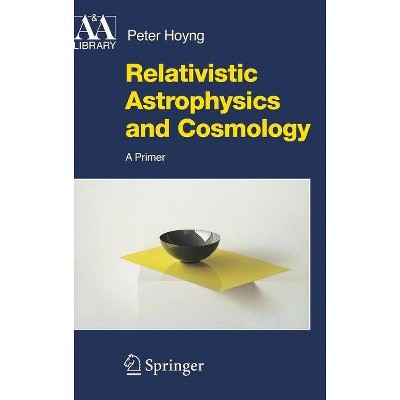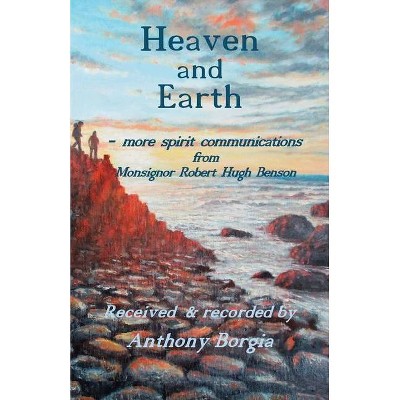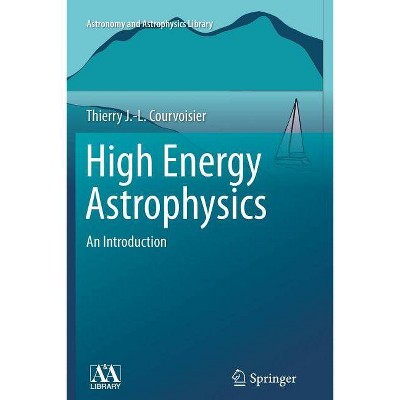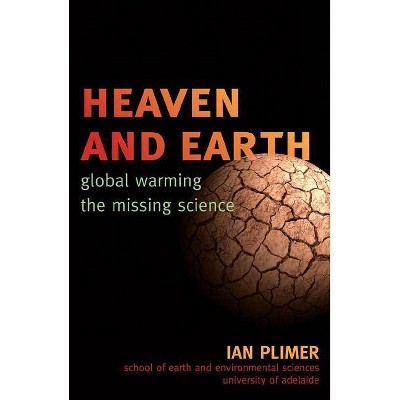Heaven and Earth in Ancient Greek Cosmology - (Astrophysics and Space Science Library) by Dirk L Couprie (Paperback)

Similar Products
Products of same category from the store
AllProduct info
<p/><br></br><p><b> About the Book </b></p></br></br>Exploring the decisive steps taken by Anaximander of Miletus, this book details the transition from the archaic cosmological world-picture of a flat earth with a celestial vault to the Western world-picture of a free floating earth in an infinite universe.<p/><br></br><p><b> Book Synopsis </b></p></br></br><p>In Miletus, about 550 B.C., together with our world-picture cosmology was born. This book tells the story. In Part One the reader is introduced in the archaic world-picture of a flat earth with the cupola of the celestial vault onto which the celestial bodies are attached. One of the subjects treated in that context is the riddle of the tilted celestial axis. This part also contains an extensive chapter on archaic astronomical instruments. Part Two shows how Anaximander (610-547 B.C.) blew up this archaic world-picture and replaced it by a new one that is essentially still ours. He taught that the celestial bodies orbit at different distances and that the earth floats unsupported in space. This makes him the founding father of cosmology. Part Three discusses topics that completed the new picture described by Anaximander. Special attention is paid to the confrontation between Anaxagoras and Aristotle on the question whether the earth is flat or spherical, and on the battle between Aristotle and Heraclides Ponticus on the question whether the universe is finite or infinite.</p><p/><br></br><p><b> From the Back Cover </b></p></br></br><p>In Miletus, about 550 B.C., together with our world-picture cosmology was born. This book tells the story. In Part One the reader is introduced in the archaic world-picture of a flat earth with the cupola of the celestial vault onto which the celestial bodies are attached. One of the subjects treated in that context is the riddle of the tilted celestial axis. This part also contains an extensive chapter on archaic astronomical instruments. Part Two shows how Anaximander (610-547 B.C.) blew up this archaic world-picture and replaced it by a new one that is essentially still ours. He taught that the celestial bodies orbit at different distances and that the earth floats unsupported in space. This makes him the founding father of cosmology. Part Three discusses topics that completed the new picture described by Anaximander. Special attention is paid to the confrontation between Anaxagoras and Aristotle on the question whether the earth is flat or spherical, and on the battle between Aristotle and Heraclides Ponticus on the question whether the universe is finite or infinite.</p><p></p><p>"In this book, Dirk L. Couprie presents his efforts at clarifying the views of the pioneers of theoretical cosmology. It covers the crucial period from about the middle of the sixth until the middle of the fourth century B.C., with its focus on the magnificent figure of Anaximander. The book by Dirk Couprie constitutes an important and in several respects indispensable contribution to this field."</p><p></p><p>Dmitri Panchenko</p><p>St. Petersburg State University</p><p/><br></br><p><b> Review Quotes </b></p></br></br><br><p>From the reviews: </p>"Independent researcher/philosopher Couprie has extended his doctoral dissertation work on Anaximander (610-547 BCE) to situate him within the context of Greek history and philosophy of astronomy. ... Excellent illustrations assist the reader in visualizing the ancient viewpoints. The plethora of detail and the subject matter make this a book most likely to be appreciated by experts rather than general readers. Summing Up: Recommended. Researchers and professionals." (M.-K. Hemenway, Choice, Vol. 49 (2), October, 2011)<br>
Price History
Price Archive shows prices from various stores, lets you see history and find the cheapest. There is no actual sale on the website. For all support, inquiry and suggestion messages communication@pricearchive.us




















